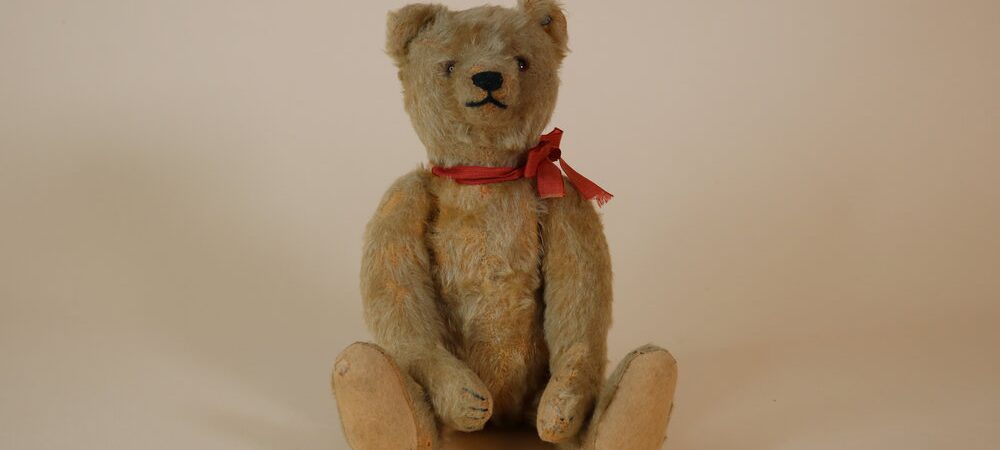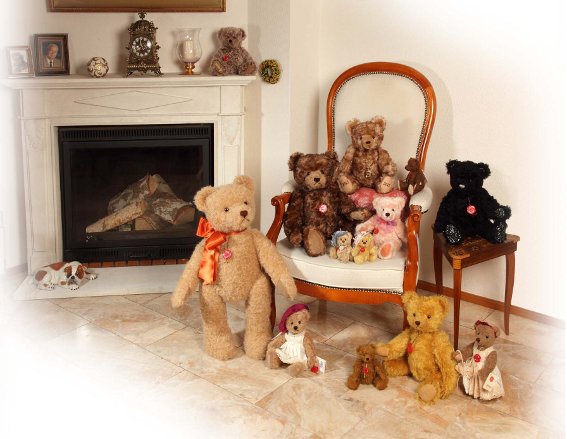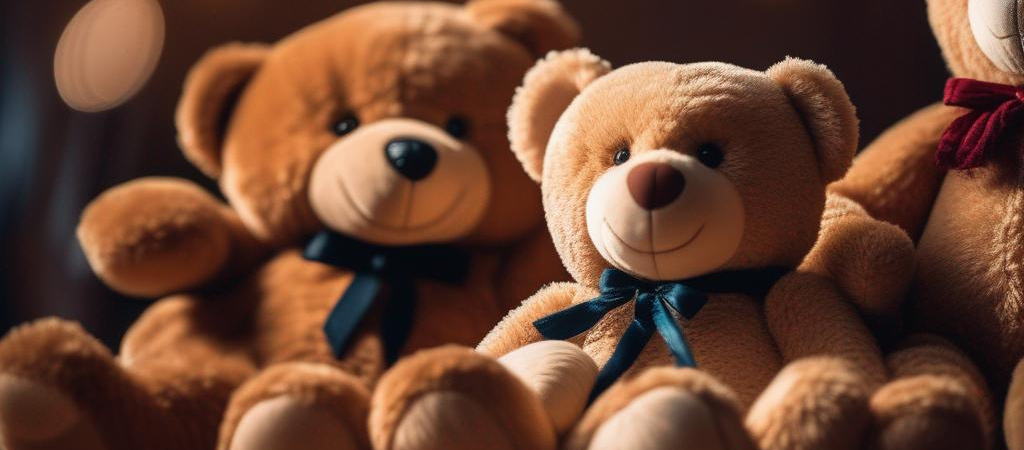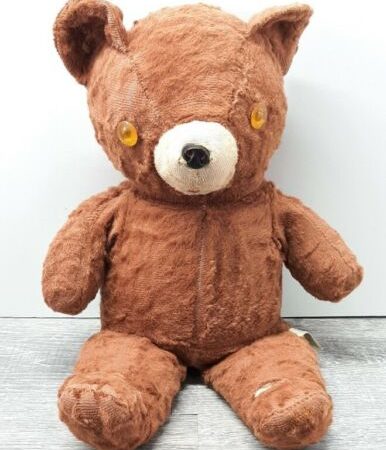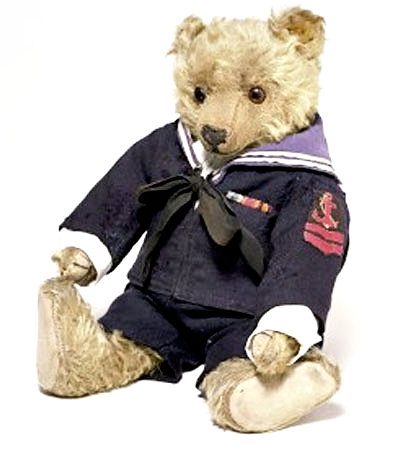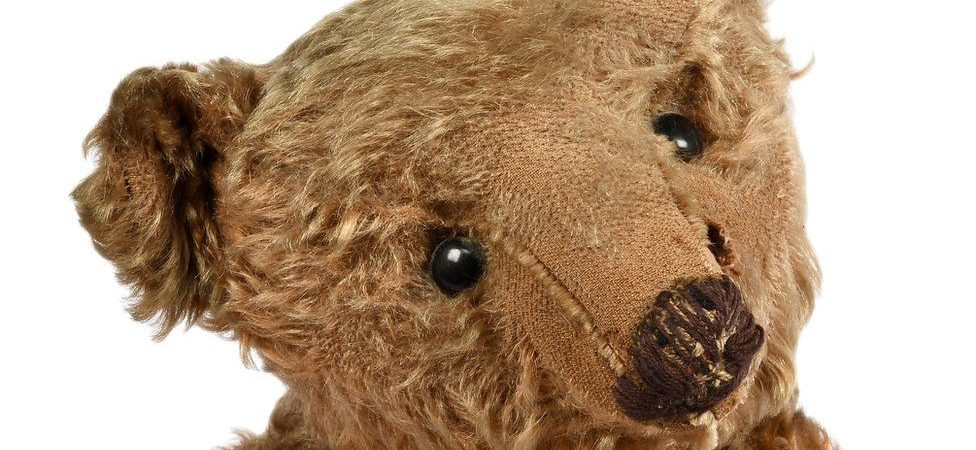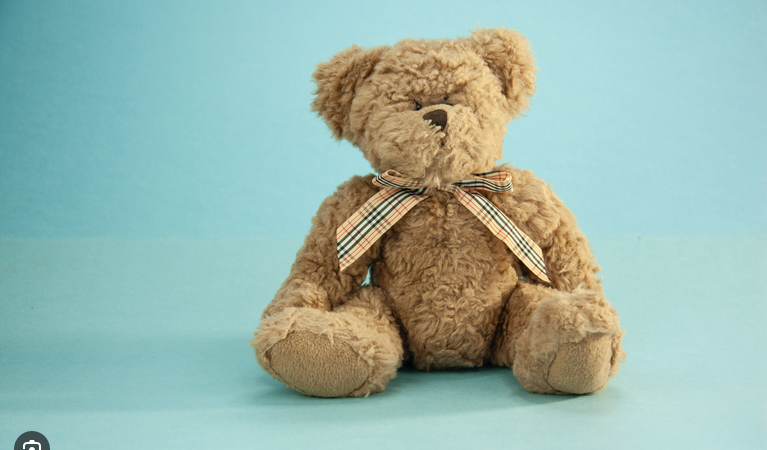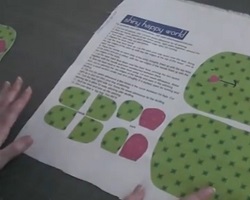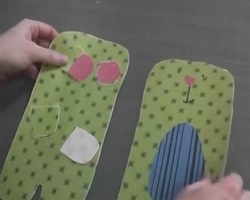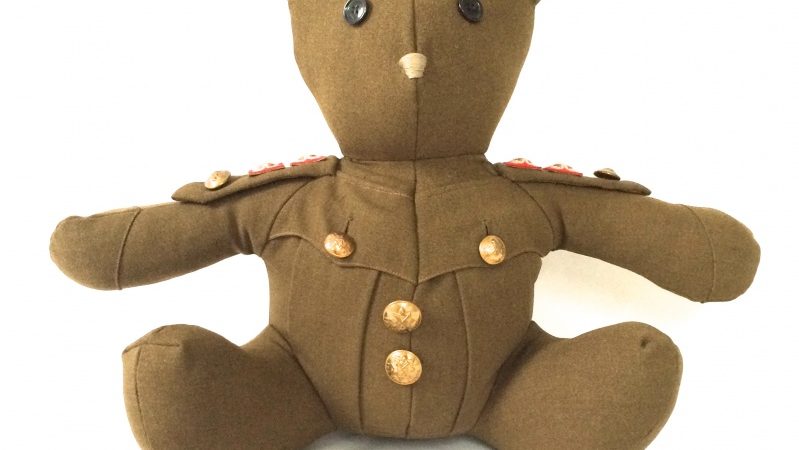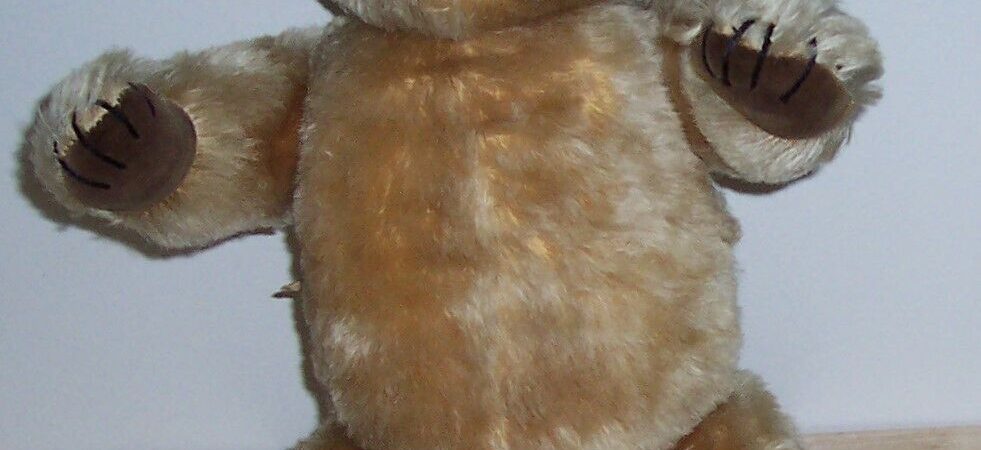
Chad Valley Teddy Bears: A Legacy of Cuddles and Companionship
In the world of teddy bears, few names hold the same weight and nostalgia as Chad Valley. For over a century, these cuddly companions have brought joy and comfort to children and adults alike, becoming treasured heirlooms passed down through generations. Continue Reading…

